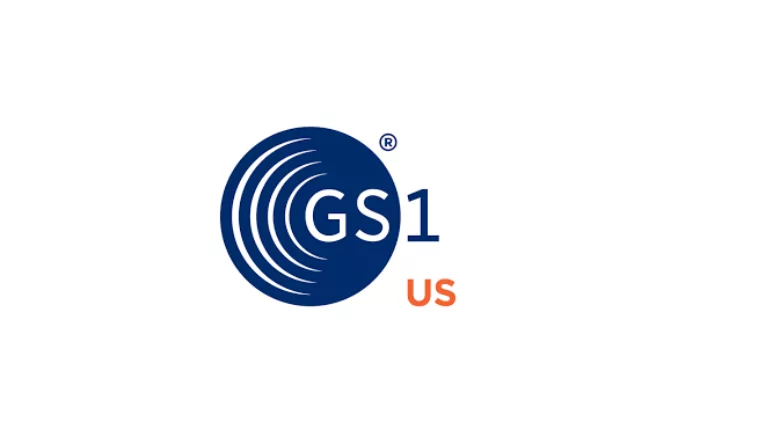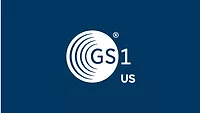GS1 US Implementation Guidance for Foodservice on Use of RFID for Product Traceability

Credit: GS1 US®
GS1 US has published a new guideline to assist the U.S. foodservice industry in using radio frequency identification (RFID) to improve supply chain visibility, efficiency, and consumer safety.
The “GS1 US RFID Foodservice Implementation Guideline” provides case/carton requirements for foodservice suppliers to minimize disparate supplier tagging requirements. For food products and consumer-facing food packaging, the guideline specifies tag encoding, tag marking, and tag placement.
The new guideline was developed by a GS1 US foodservice workgroup to identify how suppliers should encode GS1 Standards in RAIN RFID tags using GS1’s Electronic Product Code (EPC) schemes outlined in the EPC Tag Data Standard (TDS) for automatic data capture, and to provide a roadmap for adoption. The new document is designed to guide companies with implementing open, interoperable GS1 Standards to enable more efficient tracking, management, and traceability of products throughout the supply chain. Distributors can learn how to integrate RFID technology within their systems to ensure compliance with new standards, and end users can benefit from understanding the available data and the access this enhanced method of data capture provides.
Automation enabled by RFID not only offers inventory visibility, but also supports critical supply chain processes including withdrawals, product safety holds, return logistics, and more. Knowing what is on hand and safe to use is a significant positive outcome for businesses and consumers.
Looking for quick answers on food safety topics?
Try Ask FSM, our new smart AI search tool.
Ask FSM →








